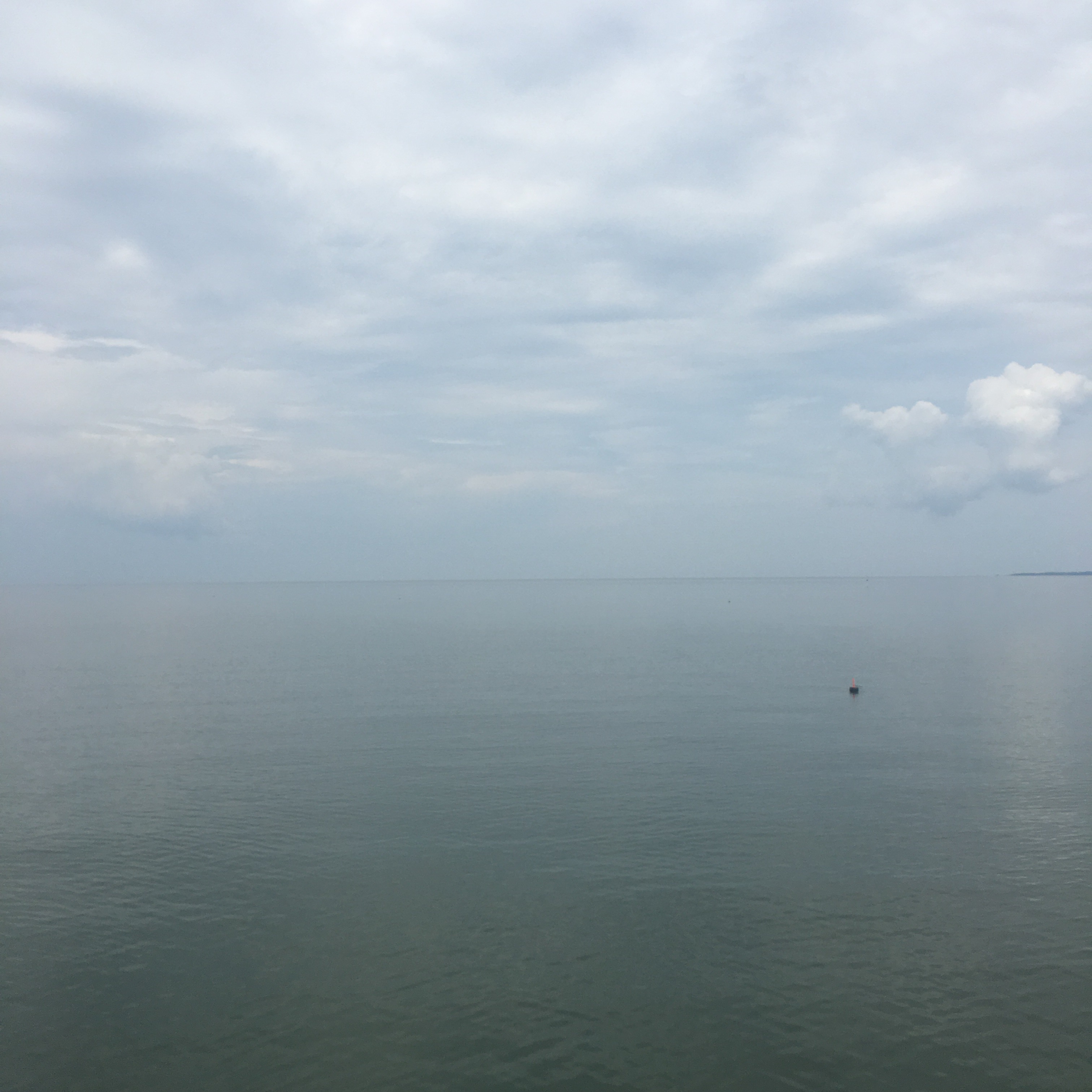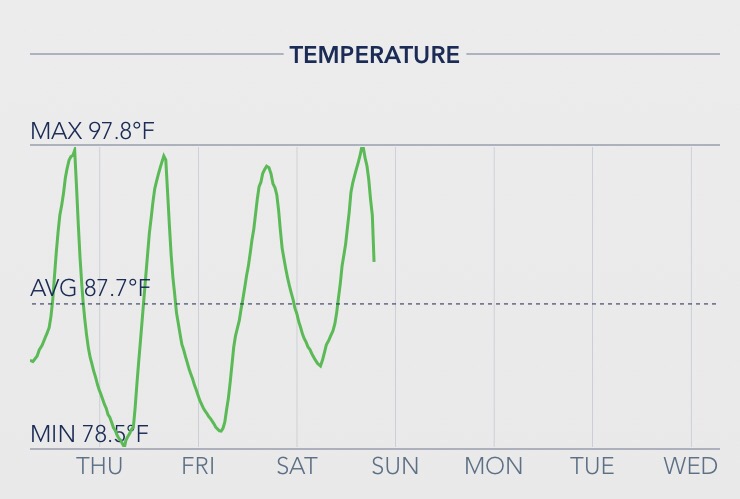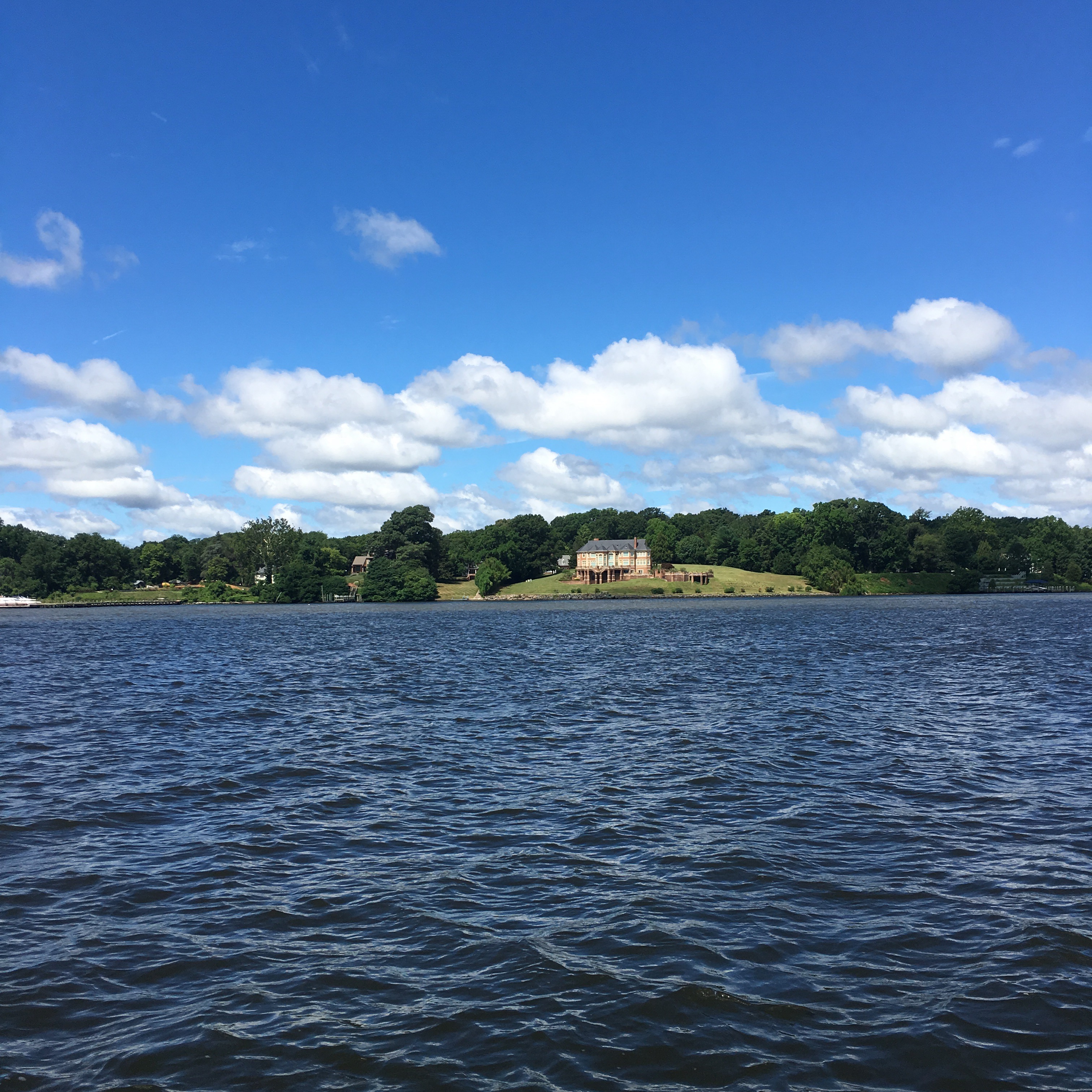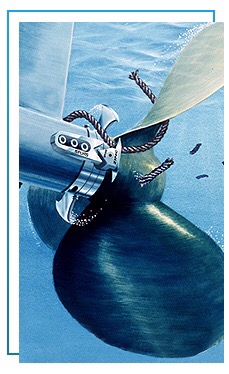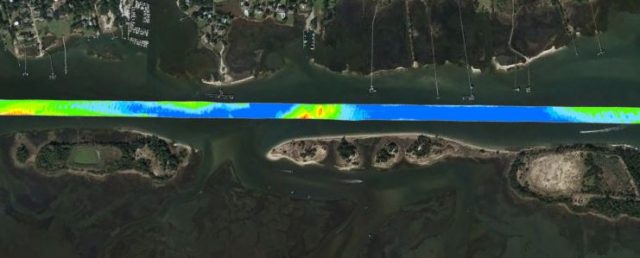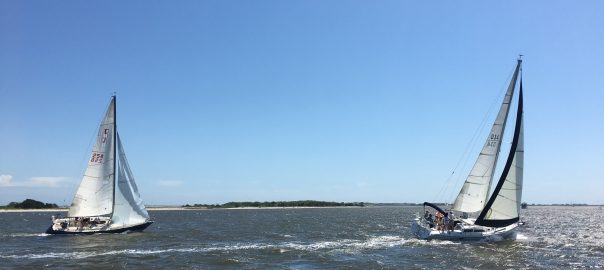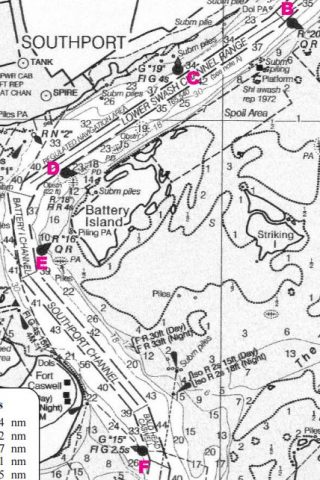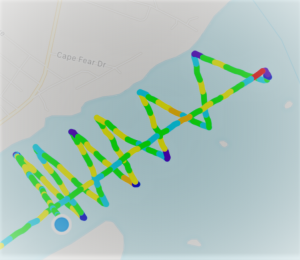It would be nice to know more about the descriptors of electricity. There are many sources of explanation. What are volts (pressure), amps (flow rate), watts (volumetric measure). Wondering why your iPad charges so slowly on an iPhone charger (1.0 amps) or horrors USB (.5 A) vs the larger iPad power adapter (2.1 A)? There you have it. Amps (A). Its a given that your house is wired for a nominal 115 v and you car is 12 v. These types of numerical values for volts, amps, and watts in various application are furnished. If one of these three is unknown we can derive it from the other two. It may not be necessary to understand a precise definition but only to realize that they are used to describe the work of energy. Continue onward.
In general, energy (E) is equivalent to power (P) multiplied by time (t). To determine E in watt-hours (Wh), P must be expressed in watts and t must be expressed in hours. Suppose a 60-W bulb burns for 3 h. Then P = 60 and t = 3, so the energy E in Wh is:
P * t = E using the example values for the variables 60 * 3 = 180 Wh
If P and t are not specified in watts and hours respectively, then they must be converted to those units before determining E in watt-hours. Larger values of P, upwards of 1,000 Wh would be expressed as kilowatt-hour (kWh). i.e. 1,000 Wh is the same as 1 kWh where k signifies 1,000. Fewer zeros that way.
One might be tempted to say 180 watts was the energy consumed but this would be inadequate as it leaves out the time factor. Using the full equation allows you to calculate unit(s) of energy. Take a look at your utility billing and you will see that burning your 60 W bulb for 3 hours resulted in a balance due of $0.0216 Your utility company doesn’t need to know that it was a 60 W light bulb or care that it was two 30 W bulbs or … They just need to know that it was 180 Wh.
How did we get P expressed in Watts in the first place? The light bulb example was straightforward as its P value was printed on the bulb. In some instances a device might have its P listed instead as amps. If we know this amperage value and we also know the value of volts then we can get to watts. Power (P) expressed in watts is equivalent to volts (v) multiplied by amps (A). Suppose a small motor is rated at 5 amps when connected to a 12 volt battery. Then A = 5 and v = 12, so P in watts is:
v * A = P using the example values for the vatiables 12 x 5 = 60 watts
Knowing at least two of the variables means that we can derive the unknown variable. In the above instance we knew v and A. What if we know P expressed in watts and we know v? Yes, we can figure for A:
P / v = A using the example values for the variables 60 / 12 = 5 amps
We’ve discussed E used by light bulb or motor consumers but what about stored energy — like in a battery? We would like to know the storage capacity of a battery. Knowing the available energy, and rate of energy consumption we can solve for t. In real words, if we run that light bulb all night we can calculate how much energy was used or how much will still be available or how much energy we must restore to the battery so that it can be used again the next night.
Battery energy (E) is equivalent to current draw expressed in amps(A) multiplied by time (t). The product is amp-hours (Ah). Then if A = 15 and t = 20 the energy (E) in amp-hours (Ah) is:
A * t = E using the example values 15 * 20 = 300 Ah
This battery supplied 15 A to a consumer for over a period of 20 hours during which 300 Ah was consumed. A typical deep-cycle battery will have a capacity rating expressed in Ah as its performance specification. A battery with E of 300 Ah would be fully discharge (deplete) in the above scenario.
Let’s convert the battery E expressed in Ah to power (P). Recall that volts x amps = P. So if we have a 12 v battery that can flow 300 Ah current we get P in watt-hours:
v * Ah = P using the example values for the variables 12 * 300 = 3.6 kWh
Great. So we have to convert the battery to kWh or convert the consumers to Ah. Let’s stick with the industry standard of capacity measure for batteries — amp-hours. Here’s a spreadsheet that shows a tabulation of various appliance items measured by amp-hours on S/V Talmid :
Sumtotal 1 day [underway] usage [from the Ah columns] requirement for this sailboat is 235 Ah. The battery bank capacity is 300 Ah. From this energy audit we could determine if our battery storage capacity was adequate or inadequate. Also some arithmetic will give an idea of how often, and for how long it will take to recharge the storage battery.
Charging Interval
= (battery bank (Ah) * allowable drawdown (30%) / daily requirement (Ah)) * 24hrs
= (300 * 30% / 161) * 24 = 13 hours
The audit tabulation reveals that sailing all night requires 161 amp-hours. The available energy is 300 amp-hours. Based on those givens the Charging Interval equation shows that after 13 hours we need to replenish the available energy.
Charging Period
= (battery bank (Ah) x allowable drawdown (50%) / alternator output(A) – hourly draw down (Ah)) + charging loss and thus: (300 * 30%) / (100 – 13.4) * 120% = 1.3 hours
Assuming that the battery is now discharged to 30% the Charging Period equation informs that we need to run the engine with alternator for 1.3 hours.
formula explanation notes:
- allowable draw down – typically to maximize battery health we don’t fully drain it to 0. Using only 25% of it before a recharge would be ideal. 50% is accepted as a maximum and counts as a cycle. Due to the nature of the material elements and effects of chemistry within the battery, its life span has a finite number of cycles of perhaps 300 to 600.
- daily requirement – is the sum of all the operative appliances based on how many hours they were switched on and their consumptive rate.
- alternator output – 100 A used in the example may be typical but other installations will vary depending on budget or resource.
- hourly draw down – is energy point in time that continues to be used by appliances as you are re-charging. It is a deduction from the charging source which now has the double duty of feeding the consumers and the depleted battery.
- charging loss – an arbitrary value, in this case 20%, which reflects real world inefficiencies. e.g. energy inadvertently converted to heat while converting AC to DC
We could play with the numbers — work the battery a little harder by discharging to 50%. This would allow us to enjoy 22 hours of peaceful serene sailing before firing up the noisy engine to recharge. On the other hand, doing so would require a more lengthy 2 hour recharge because we used more.
Takeaway: Volts times Amps equals Watts. This is all that you need to memorize from this post. Now you can determine the energy needs/cost of a hair dryer. Determine if your lantern will make it through the weekend campout. A fun exercise might be to figure offsetting the energy consumption with Solar and or Wind. How many solar panels might be needed to relegate our engine generator (or utility company) to a backup role. Energy independence! and the subject of a future post.
